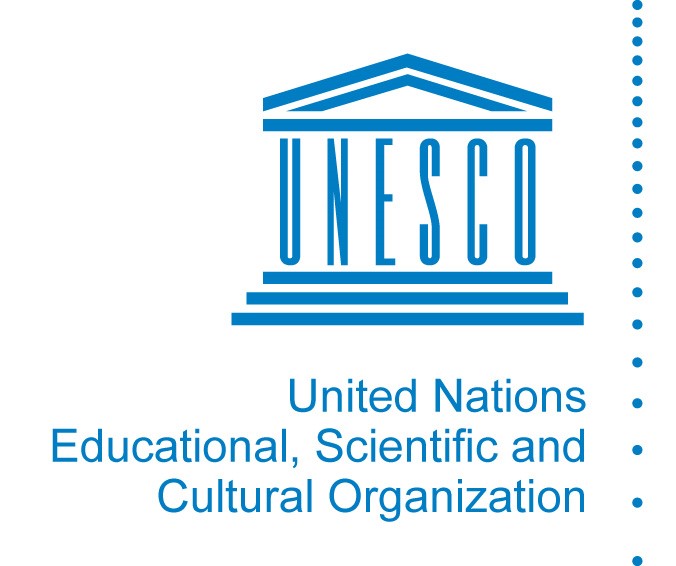The ways in which media portray VAWG is often problematic in a number of ways that perpetuate myths and stereotypes without analyses grounded in the social and political reality of the situation. This can include things like: victim-blaming and placing the attention or burden of the situation on the woman instead of the perpetrator; sensationalising the circumstances; distorting facts and information; misrepresenting the legal context; and presenting the issue as isolated incidents perpetrated by men who are demonized or unwell. To maintain a human rights-based and gender equality lens, violence against women and girls must be recognized as a violation of the woman’s human rights and that there is no circumstance which justifies violation or harm to her person. It means presenting the context of violence against women as a problem of social norms that discriminate against women and girls (and promote harmful ideals of masculinity and manhood) and structures that reinforce inequality between men and women allowing men to feel entitled to exert power over them. This understanding is also foundational to good sexual harassment policies and practice, recognizing the issue as one of power imbalance, abuse of authority and discrimination.
Maintaining a human rights-based and gender equality lens
Última editado: July 27, 2020
